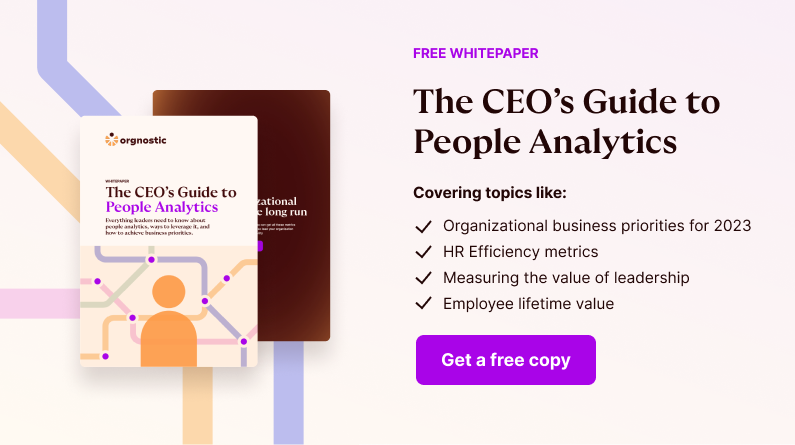Read which HR metrics you should track to steer your business towards long-term profitability.
A company’s success is often measured by its profit — the higher its revenues or stock value, the leaner the spend, the more successful the company.
However, while stock value or revenues are numbers easy to make sense of, people’s contribution is much harder to quantify.
But even if people’s results are less tangible and quite complex, we can still define and measure them, and shape their impact on organizational performance.
In this post, we look at HR and organizational profitability, and how tracking the right metrics helps you steer your organization towards greater long-term efficiency.
What is organizational effectiveness?
We describe successful organizations as effective.
It means that they are able to achieve their goals.
These goals go beyond economic targets and, besides money, relate to the organization’s social and environmental impact, the value that it creates for stakeholders, or to the internal quality standards.
However, organizational effectiveness is not only about whether the company meets its goals, but also about how these goals are achieved.
Effective organizations embrace technology and pay close attention to designing and managing their processes.
In that sense, some markers of organizational effectiveness can be an unambiguous structure, well-defined strategic direction, clear communication, solid coordination, or data-driven decision-making.
The “how” also refers to the responsible use of the company’s assets — efficient use of resources, both material and human, is another brick that helps build organizational effectiveness.
What is organizational efficiency?
In Peter Drucker’s words, “Efficiency is concerned with doing things right. Effectiveness is doing the right things.”
Put differently, organizational efficiency means achieving the best results with the least amount of resources.
Manufacturing gives us a good sense of how poor process and resource management can affect the company’s profits.
If the production is not properly planned and managed, we can expect delays, unused scrap material, people working overtime, utility bills going up, and so on. Even if the production targets are met, the additional costs due to poor management can make a hole in a company’s budget.
In the case of knowledge-driven work, where inputs and outputs are less tangible, the wasteful use of resources is harder to see and often overlooked, but its impact on the bottom line is not less powerful.
How does HR help to increase productivity?
People analytics, together with the right HRM practices and procedures, can improve workforce efficiency, and so contribute to the company’s performance.
Choosing and using correct metrics to collect HR data is the first step to improving people-related decisions. These HR measures inform us about the resources we waste, and show which processes are inefficient.
With these insights, we make better-informed decisions and use people management strategies that improve employee performance, support HR goals, and contribute to the overall results of the company.
Some examples of waste in HRM are additional time invested in a project because of poor communication, or unused skills when a person is overwhelmed with rudimentary tasks that are below their competence level.
Now that we’ve had a look at the broad overview of the role of HR in business productivity, let’s dive into the HR metrics that help improve business results.
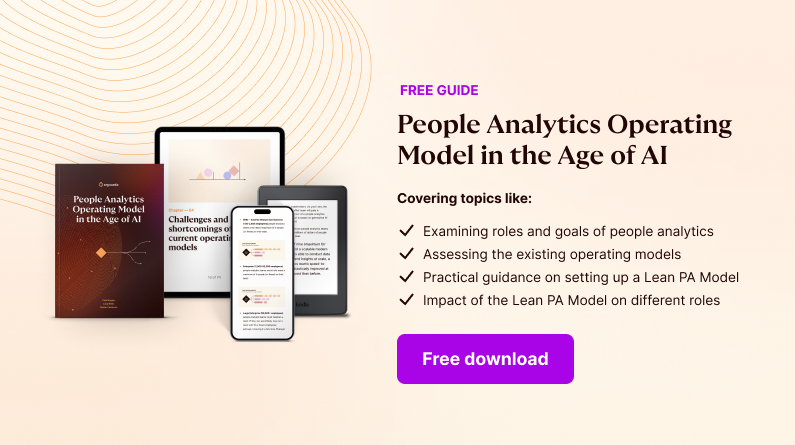
HR metrics for organizational efficiency
There are several HR metrics that support the company’s results, and we split them into cost-related, time-related, organizational effectiveness-related, and personal resources-related metrics for an easier overview.
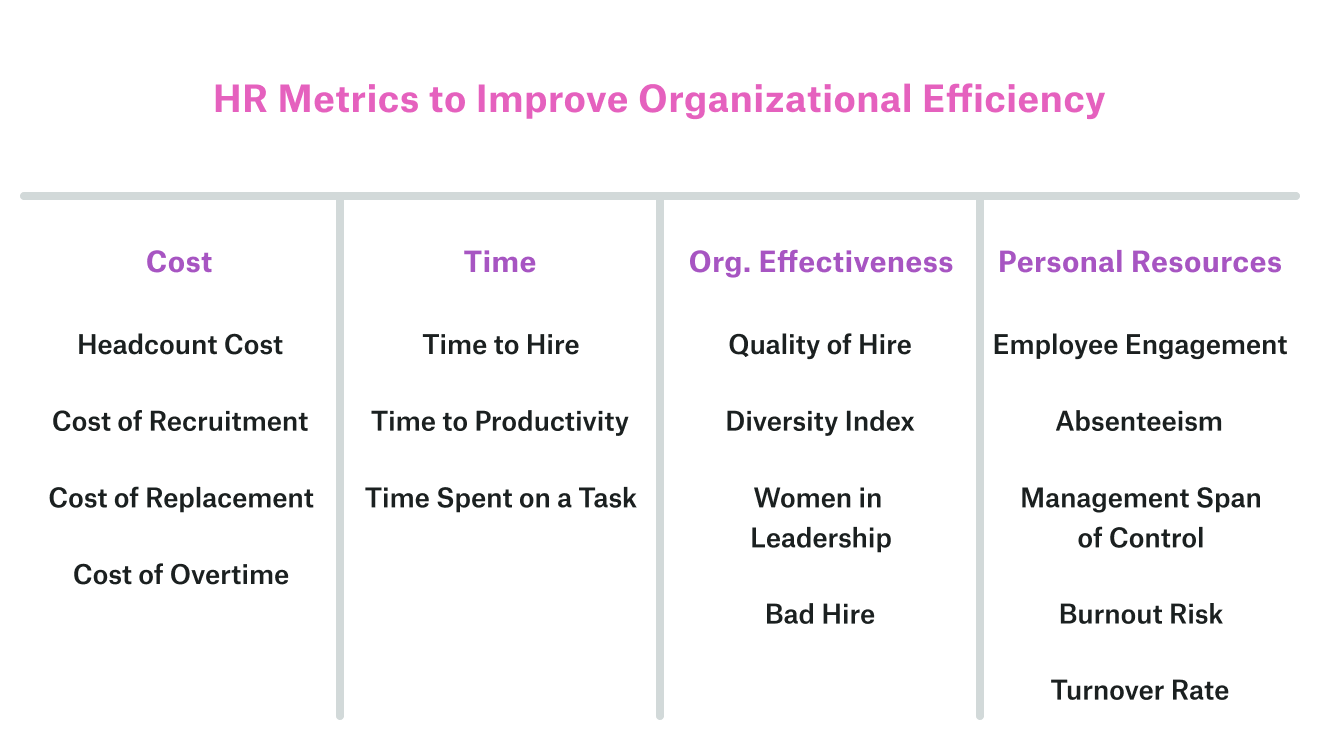
1. Cost-related metrics
Some HR metrics are expressed as a monetary value, so their impact on organizational performance is more straightforward and easier to understand.
These include:
- headcount cost
- cost of replacement
- cost of HR processes, and
- cost of overtime.
Headcount cost
Taking the pulse of your headcount cost helps you understand how you allocate a big part of your total company operating expenses.

When working out the headcount costs, make sure to understand which teams take up the majority of your salary budgets and what type of contribution to the company they have. Are these revenue-generating functions? Or R&D? How lean are your G&A functions compared to others?
Cost of HR processes
We can measure how expensive our HR processes are using metrics such as cost of recruitment or cost of replacement.
This information helps answer strategic HR questions, for example, “should we recruit talent, or invest in training and develop it in-house?”
Cost of overtime
Another useful HR metric is the cost of overtime. It shows the company’s expenses due to additional work that exceeds the hours scheduled for a standard working week.
2. Time-related metrics
Some factors impact organizational productivity and profitability less visibly, and might be hidden costs for your business. These include:
- time to productivity
- time to hire, and
- time spent on a task.
Time to productivity
An example of a time-related metric is time to productivity.

If new employees delay the start of their work, they are not contributing to the organization’s goals.
Therefore, they represent a cost without generating any value. A long time that a new hire needs to adapt may suggest that the goals of the recruitment and onboarding are not met, so the effectiveness of these processes could be improved.
3. Organizational effectiveness metrics
It’s also important to make sure that our employees make the most of their skills and abilities.
Within this group of metrics, we should track metrics such as:
- quality of hire
- bad hire
- diversity index, and
- women in leadership.
Quality of hire
The match between the job position and the employee’s skill set should be first evaluated during the selection process and can be confirmed with the quality of hire metric. Then, you should monitor this match through ongoing conversations and feedback sessions, and adjust tasks and job positions as the employees grow.
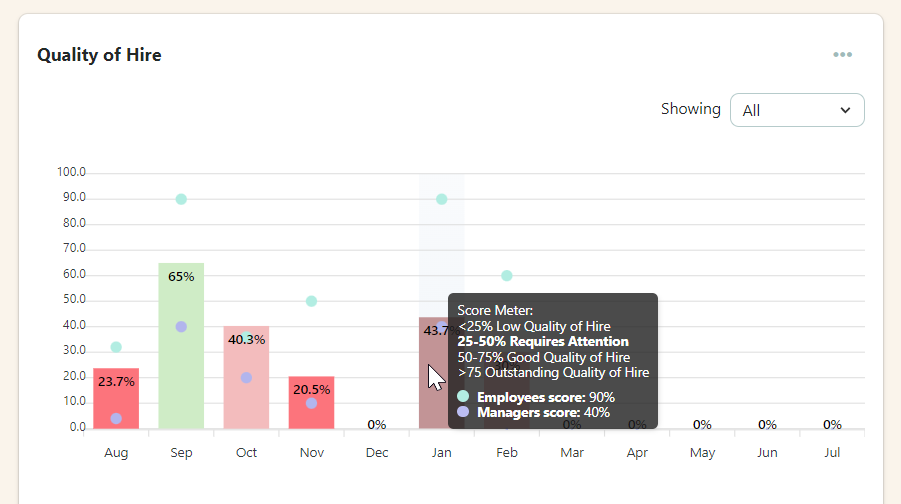
Bad hire
You can also look at the bad hire metric. It shows the number of new hires who left the company in the first six months after they joined. This metric gives you hints on how efficient your recruitment and onboarding are. It can also help calculate the replacement cost of covering the position that the employee left.
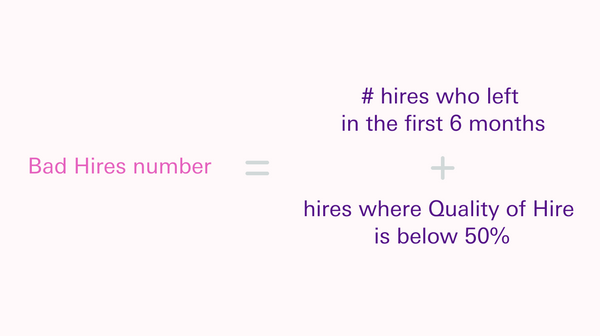
To increase organizational effectiveness, keep an eye on:
Diversity index
Overall, a diverse workforce relates to a large number of positive organizational outcomes, such as employee job satisfaction and organizational commitment, creativity, innovation, and improved corporate image.
However, high levels of diversity may also have some negative consequences, for example, miscommunication or lower social integration.
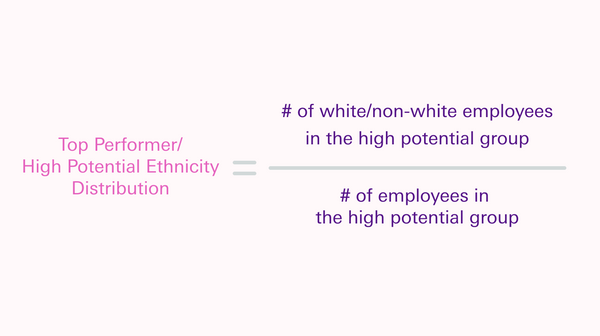
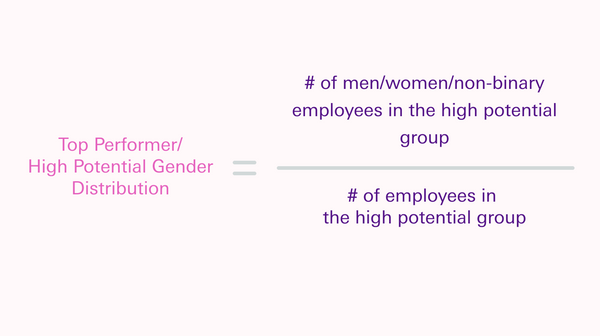
Women in leadership
Research shows that the companies with more women on their boards tend to show stronger corporate social responsibility (for example, sustainable performance, socially responsible practices, stronger environmental consciousness), and organizational ethical behavior.
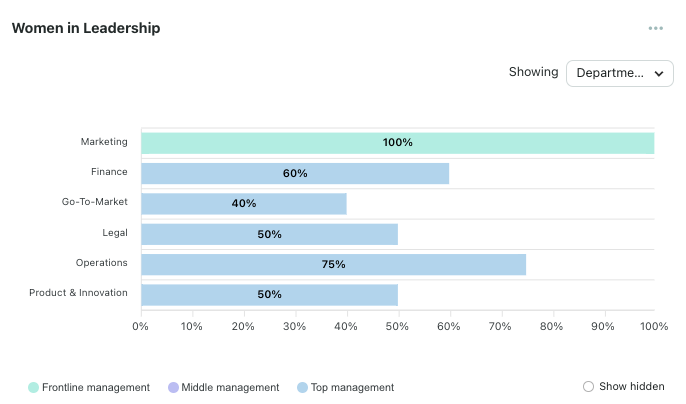
4. Personal resources metrics
Finally, there is another set of HR metrics that boost organizational profitability but can slip under the radar.
These relate to employees’ personal resources, such as physical and mental health, or motivation, and include:
- employee engagement
- psychological safety
- management span of control
- absenteeism and turnover rates, and
- and burnout risk.
Despite growing concerns about employee welfare, quantifying well-being (or ill-being/stress) and its impact on organizational productivity and profits is still a challenge. And it’s not always clear why it makes sense from a business perspective.
To monitor well-being, you can use surveys to measure employee engagement or psychological safety.
Employee engagement
Contrary to popular beliefs, the direct link between employee engagement and performance is weak.
But employee job satisfaction and organizational commitment measured with engagement surveys are related to lower turnover and burnout, and better employee health.
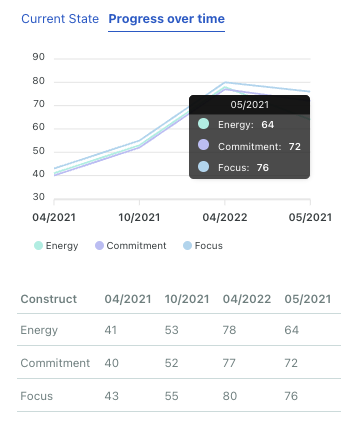
Psychological safety
Employees who feel that their workplace is psychologically safe, are more likely to share ideas, ask questions, ask for feedback and admit mistakes. These behaviors increase team learning and so improve performance.
Management span of control
Another useful metric is the management span of control.
Keeping the management span below eight people decreases the chances of communication problems and team inefficiencies.
It is also a sign of an intentional organizational design which is a characteristic of integrated organizations that achieve more profitable results.
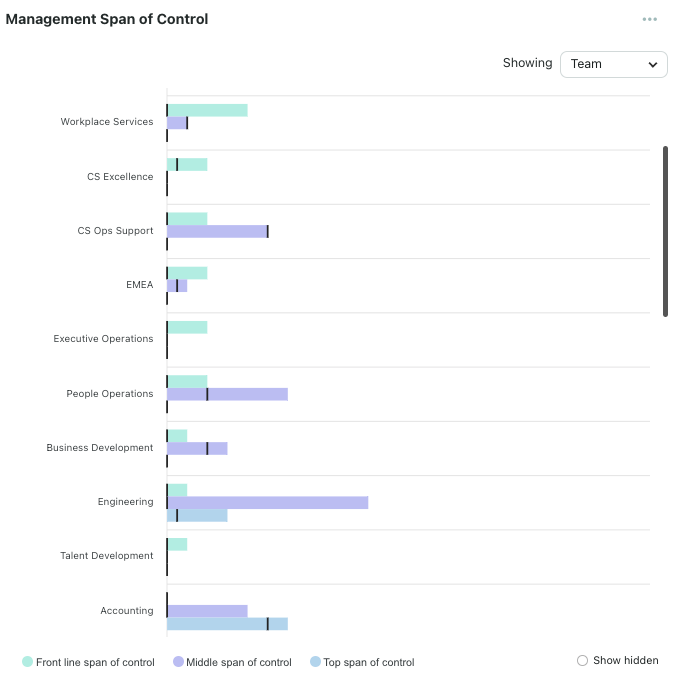
Absenteeism and turnover rates
You should also keep a close watch on absenteeism and turnover rates.
High levels of these two measures may be a sign that employees suffer from stress or burnout. When the employees stop coming to the office, you start to have a sense of how expensive employees’ ill-being could be.
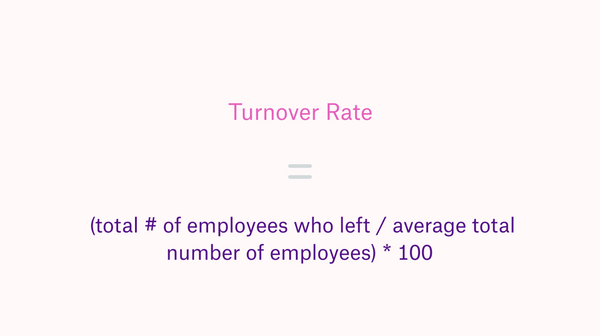
According to the estimates of the American Institute of Stress, the US industry loses more than $300 billion every year “due to absenteeism, diminished productivity, and accidents” — that’s more than the GDP of Finland or New Zealand.
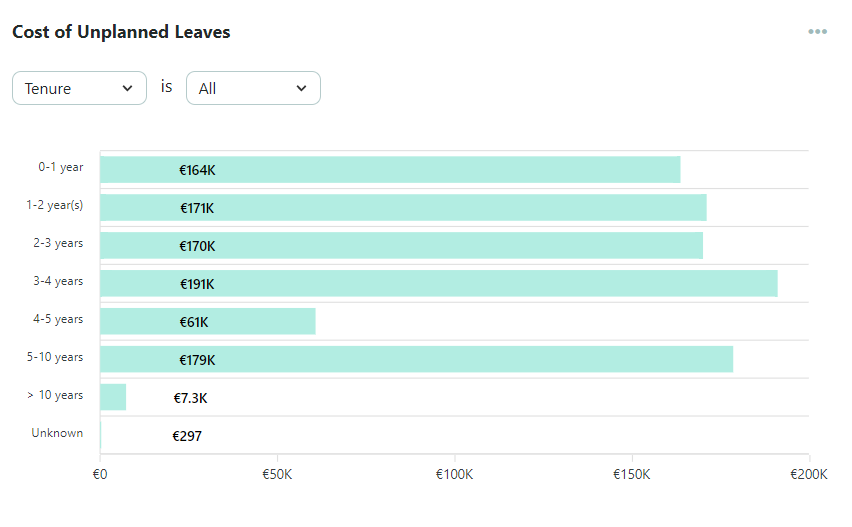
To anticipate higher absenteeism and voluntary turnover, you can measure your teams’ burnout risk.
HR playbooks for organizational efficiency
Once you have a better understanding of workforce efficiency, you can take action to improve it, contributing to organizational effectiveness and profitability.
Here is the rundown of HR areas, with specific steps to take and metrics to track to ensure organizational long-term sustainability.
Recruitment & selection
The over-arching theme on the Talent Acquisition side is to determine the mission-critical teams, explore the impact of your hirings on the expenses structure, and highlight the differences between hiring plans for mission-critical vs others.
Some key points to consider here are:
- Explore the length and consistency of your hiring process, and the skillset level at the time of hiring.
- Check your hiring plan achievement impact.
- How much will it cost your organization to close all the currently open roles in different departments?
- Are all these roles essential for your business to expand?
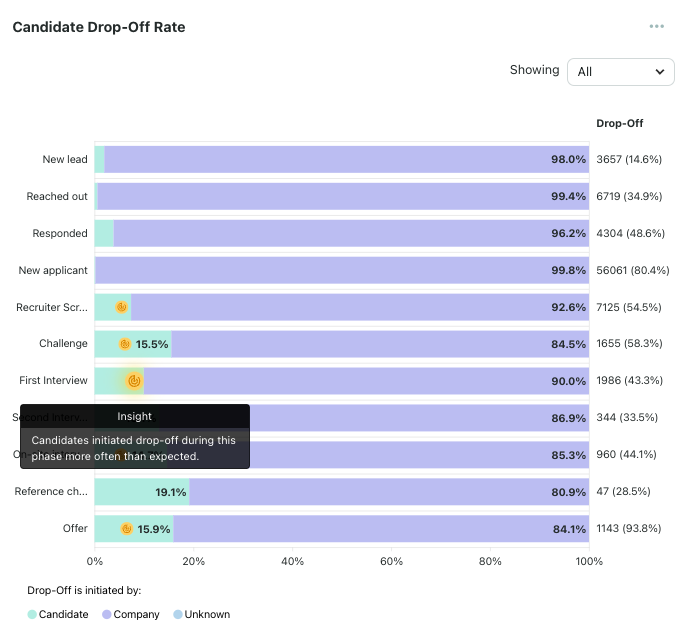
Onboarding
Within onboarding, it’s important to optimize your time to productivity. You can achieve this either through a leaner/more structured onboarding process or through hiring more senior talent, depending on what the numbers tell you.
- Monitor the quality of your onboarding — do the new hires receive all the information and support they need to adapt?
- Make sure to explore if the new hires ratio in the teams is not overburdening your front-line leaders.
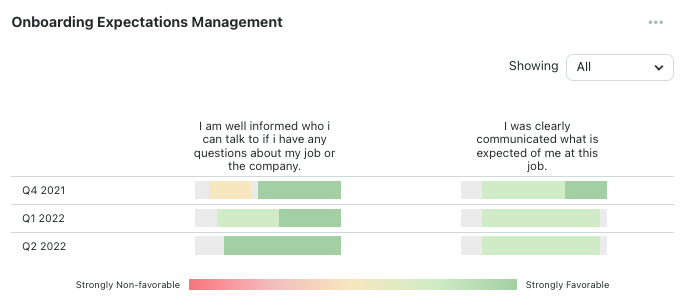
Salary and compensation
- Adjust your compensation practices.
- Explore if there are any of the mission-critical teams or pivotal roles that have not received a promotion or a salary hike in the past 18 months.
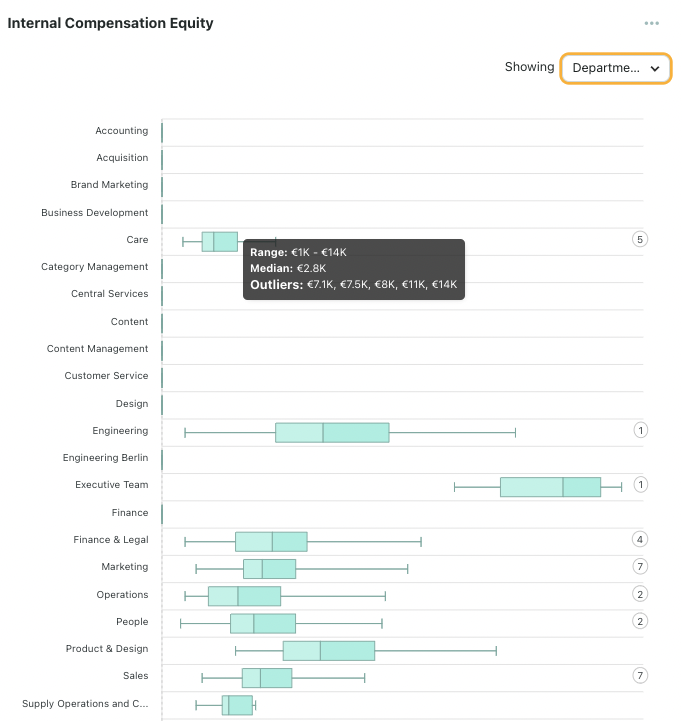
Managing and developing people
There are two big topics when focusing on ensuring efficiency in talent management and people development.
First, protect your core i.e. the pivotal roles, mission-critical teams, and high-performing individuals. Remember, investing more in these roles to keep them, even in a time of crisis, usually brings higher ROI than the cost of replacement.
The other point is – be mindful of layoffs. When you plan layoffs and execute them, voluntary turnover spikes as a result. This means that even the talent that you didn’t want to see gone is leaving due to a lack of faith in management capabilities.
If you are making some of the roles obsolete, make sure to communicate properly with the whole organization and act as humanely as possible (provide other opportunities, reasonable notice, and 1:1 communication with every person leaving – for a real-life example, check out how Airbnb handled layoffs).
Once you start hiring again, it will be a much easier process to find the talent and you might reduce the voluntary turnover of your top talent too.
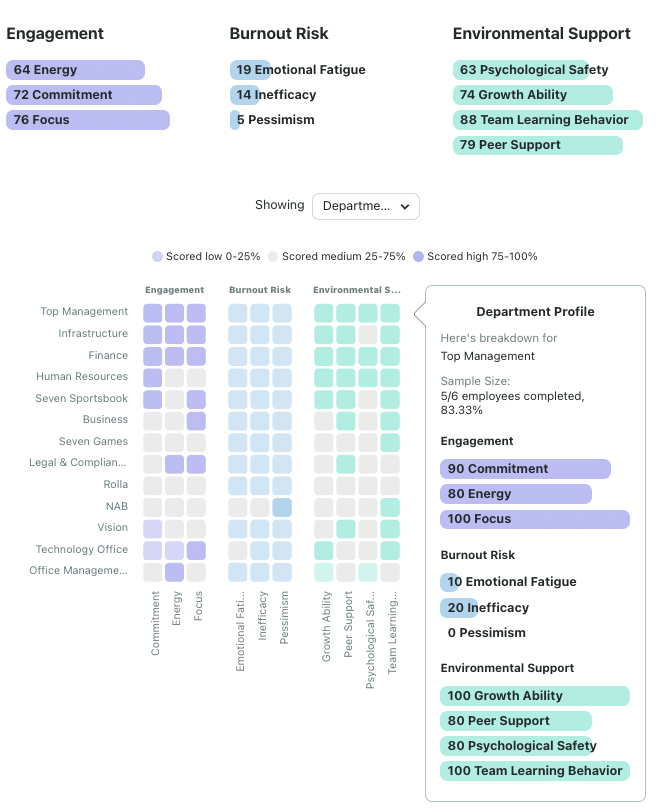
Bringing this knowledge to the practical level, here is what you can do to ensure efficiency within people development and talent management:
- determine your top-performing individuals, pivotal roles, and mission-critical teams and track their data against the others
- see if you are experiencing a surge in turnover of any of these roles compared to the rest
- check if you are rewarding them properly.
- explore where your expenses are piling up, and then consider assessing team effectiveness in the teams that generate the highest costs. This may be especially important in mission-critical teams, so you can uncover team design inefficiencies and improve them.
- pay special attention to the teams where diversity is high. Facilitate communication, support integration, and help solve conflicts, if necessary.
- if the absenteeism and/or turnover rates are alarming, use surveys to learn more about employee well-being.
- explore turnover in the mission-critical team and among your pivotal roles. You want to make sure you protect the core that is essential to your mission delivery. How likely are they to leave?
- if you are planning on reducing your costs through layoffs, the key is to communicate as transparently as possible. Provide support for the ones who are leaving. Remember, you don’t want to limit your ability to hire great talent in the future.
When it comes to people development, ensuring organizational efficiency is a gradual cultural shift to introduce clear goals and objectives – coordination and integration that results in process tightening and more predictability in results.
Performance accountability is the HRM metric to achieve and it can be a mix of goal achievement, quality of manager-employee conversations, and consequentiality of the achievement of goals. And these can be captured through a mix of performance management software and culture surveys like Denison.
Ensuring organizational efficiency for the long term
Optimizing workforce efficiency is crucial for your business, but it is tricky.
It is a tradeoff between quick, more visible measures (for example, cost cuts or stricter deadlines), and actions that would impact the company’s profits and value more long-term and less directly (for example, appropriate attention to employees’ development and well-being).
Fortunately, a data-driven approach to HR management helps find the right balance between the two — reducing cost and time, without sacrificing people’s well-being and growth.
With a people analytics platform like Orgnostic, you can get all these metrics and insights in time to act versus just react, and so lead your organization towards long-term profitability.
